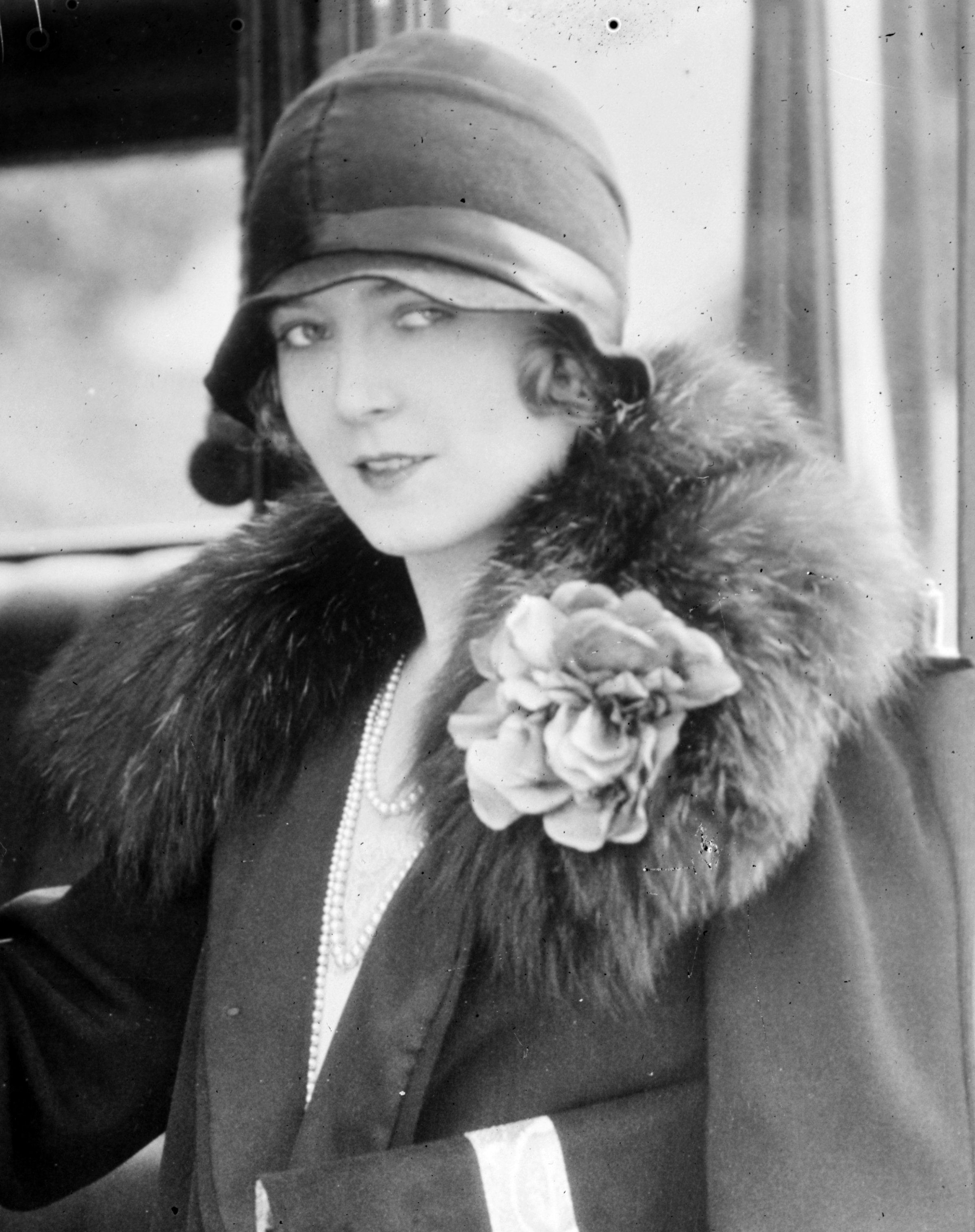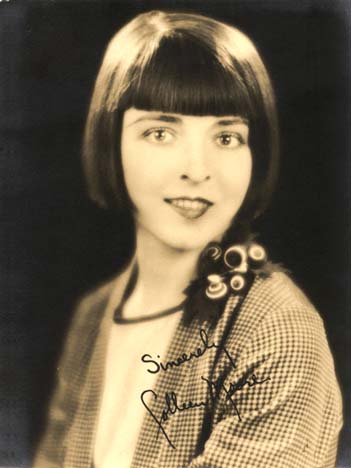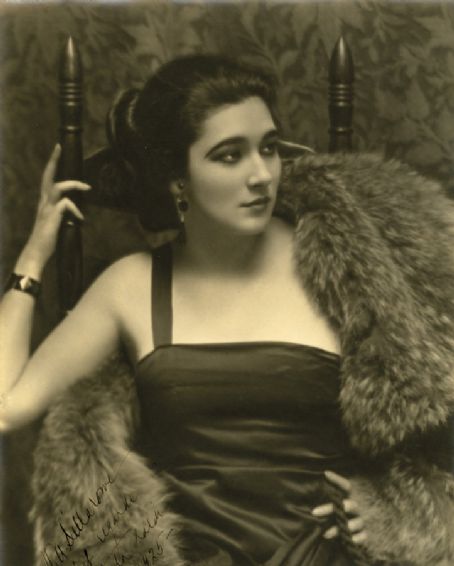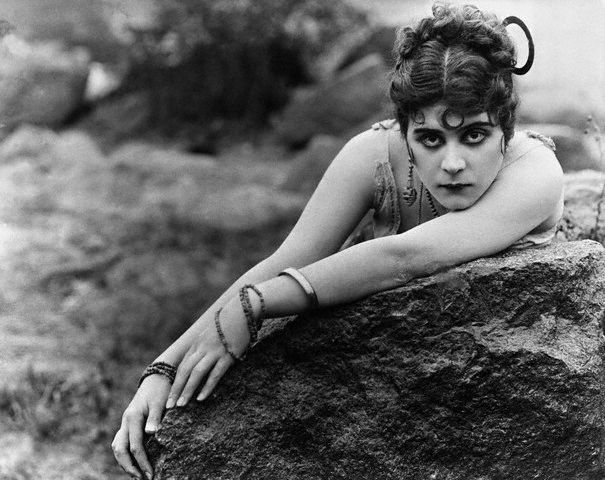The Forgotten Artist
"We didn't need dialogue... we had faces!" - Miss Norma Desmond
I watched The Artist instead of The Help. I wanted to watch The Help first but in the end I opted for first option.
First, what caught my atention:
- The story is very similar to the true story of John Gilbert. Valentin is John Gilbert. Except that Valentin doesn't die and does have a comeback. For more information on John's life for you to compare to Valentin's, just click on the Lj cut =)
- The manneirisms of Clara Bow in Bérénice Bejo's acting.
It's a very very very beautiful movie. It touched me a lot. Especially the story. Being a lover of silent movies I always felt pretty sad and depressed about the fact that the majority of people don't even want to watch cinema's baby steps, and completely forgets about the actors of that time who don't get the credits they deserve. Even big stars like Joan Crawford, Greta Garbo Gary Cooper, and Marlene Dietrich are not remembered by their silent movies. Not that their talking career isn't important, but no ones ever talks about their "silent career", or how a movie they made at that time is good.
I really hope The Artist can make people change their minds about a movie being silent. Silent movies can transmit you the same kind of emotions that talkie movies can. It's really a shame that people thinks the silent movie era only contains bad movies and bad actors because they are not "talkies", and I find a pitty that iconic actors and actreses of that time are not remembered today. And it's a shame that talkie pictures completely killed the silent ones, in my opinion movies would be so much interesting if we had both.
So many good talents were lost because of the talkies. So my post kind of pays tribute to some of those forgotten actors:
CLARA BOW
"I hate talkies, they're stiff and limiting. You lose a lot of your cuteness, because there's no chance for action, and action is the most important thing to me".
"I had made them (Paramount) millions with what I and many critics thought were lousy pictures, but I received nothing but a salary, untrained leading men and any old story they fished out of the wastebaskets."

My favorite silent movie actress, that's why I'll make her post somewhat longer. Clara Bow, considered to be one of cinema's first sex symbol, is today an unknown. She had a sad early life, being raped when she was 16, trying to deal with her schizophrenic mother, and watching her best friend Johnny die in front of her eyes in a fire (a fact she never recovered). When asked to cry in films, she always remembered her friend's death and tears just fell of her eyes in seconds. She was brought to the movie business by a beauty contest. With time, she became Paramount most successfull star. The movie in which she is the main character, "Wings (1927)", won the Oscars for Best Picture in the first ever Academy Awards in 1929. Her acting was always considered one of the best, and she received good critiques about her acting on the only 3 talking movies she made. However, stress and a nervous breakdown, due to the transition to silent to talkies, and her insecurity with her voice and the microphone, made her decide to stop acting to just live her life. She died an unhappy woman.
In the words of Mary Pickford: “She is a very great actress and her only trouble has been that she hasn’t known enough about life to live it the way she wanted to live it.”
In the words of Louise Brooks (about a book dealing with silent movies that never mentioned Clara Bow): "You brush off Clara Bow for some old nothing like Brooks. Clara made three pictures that will never be surpassed: Dancing Mothers, Mantrap and It."
In the words of Colleen Moore: "I liked Clara. A very warm, sweet, generous girl. What great potential! But she wasn`t a finisher. Her mind was like a sponge, but she didn`t have the concentration or ability to see it through. She was quite ingenuous. People would go into shock over her salty language."
POLA NEGRI
"Damn sympathy! I don`t care whether they love me or not. I don`t care whether I am beautiful or not. I want a chance to act."

Achieved fame from her femme fatale roles. She was the first European film star invited to Hollywood, and was one of the most famous stars due to her varied career choices.
EMIL JANNINGS

He was the first actor to win the first Academy Awards to Best Actor category, and the first to present it. His career in Hollywood ended due to his thick and difficult to understand german accent. He later participated in some Nazi propaganda movies. After the war he tried to come back to Hollywood but because of his active role in the Nazi propaganda, he was never accepted. At the height of his career he was one of the most best paid actors.
RAMÓN NOVARRO

Considered to be the new male sex symbol after the death of Rudolph Valentino. He starred with Joan Crawford, Greta Garbor, Alice Terry, Myrna Loy, and others.
VILMA BÁNKY

She appeared opposite of Rudolph Valentino in two movies and it is said that he was fascinated by her, choosing her to be the leading female character in 3 of his movies. Her career was cut short by her thick hungarian accent in the advent of talkie movies. She announced her retirement in 1928. Only 8 of her movies still exist in its entirety, and 3 movies still exist in fragments. In total she acted in 24 movies.
COLLEEN MOORE
"I was being sent to Hollywood - not because anybody out there thought I was any good, but simply to pay off a favor"

She was one of the most fashionable stars of her era. She got into the movie business thanks to her uncle who managed to get D.W Griffith's The Birth of a Nation and Intolerance through the Chicago censorship board. She was the first actress to cut her hair in the bobby style, a hairstyle that was later copied by Louise Brooks. She appeared in over 30 films between 1917 and 1934. With the advent of "talkie movies" she took a hiatus. She made only 3 talkie movies, all of them were a complete failure. She donated all her films to the Museum of Modern Art. However, Warner Bros asked for their nitrate films back. They stored the movies without a care, and years later when Colleen asked what had happened to them, she was told the movies had decomposed beyond any stage of preservation. Completely heartbroken, she tried to buy her other surviving films but without much success. She was hired by: Paramount Pictures, First National Pictures (later Warner Bros.), Universal's Studios, Fox Film Corporations, Christie Film Company, Selig Polyscope, and Triangle Film Corporations.
GILBERT ROLAND

A mexican actor who was constantly casted as the "latin lover". He appeared on the second movie adaptation of The Hunchback of Notre Dame (1923), Lost World (1925) and had his first major role on the movie The Plastic Age (1925) with leading actress Clara Bow, to whom he became engaged. Due to his contribution to movies he received a star on the Hollywood Walk of Fame.
Unfortunately I didn't find any video of his silent movies, so this here will do. XD
NITA NALDI
"In my days, if men found you could converse, they wouldn't take you out again, so I'd just sit there with my head in the soup plate."

She had many small roles in movies until her appearence in Dr. Jekyll and Hide (1920) with John Barrymore (great grandfather of Drew Barrymore), who would be her friend for many years. She was almost always casted in the "vamp" role and was very criticized by her weight. She was a great friend of Rudolph Valentino, and appeared on many of his movies. She appeared on Alfred Hitchcock's second movie The Mountain Eagle (1926), and for her contribution on film industry, she has a star on the Hollywood Walk of Fame. She never made a "talkie" movie.
RENEE ADORÉE

She was known by her petite stature, beauty and eyes, in the black and white screen. Her most famous role is Melisande on the movie The Big Parade (1925), one of MGM's biggest hits, and considered by many to be one of the best of the silent movie era. On The Mating Call (1928), she had a brief nude scene that caused a bit of a commotion. She died of TB in 1933, she was 34 years old. She made 44 films.
BLANCHE SWEET

Here career began in the earliest days of Hollywood, and was known to be a rival of Mary Pickford. She acted on D.W Griffith first feature-length movie Judith of Bethulia (1914), and was considered the first choice to be Elsie Stoneman in The Birth of a Nation (1915). However her part was given to her other rival Lillian Gish, and she later parted ways with Griffith to join Paramount. She appeared in many proiminent movies, and starred with Cecil B. DeMille, and soon she joined MGM and became one of their biggest stars. She made only 3 talking movies, and didn't adapt to the new technology. She went on to appear on Broadway's secondary roles till eventually she began to work in a departament store. In the late 60's her acting career was resurrected when film scholars invited her to Europe for her to receive recognition for her work. Her filmography consists of 171 movies. Of those 110 are now considered lost.
AGNES AYRES

Her career began in 1914 as an extra in a crowd scene. She was first noticed by actress Alice Joyce who noticed a resemblence between the two and got her a spot on Richard The Brazen (1917) as Alice's sister. Paramount Pictures founder Jesse Laksy began to take an interest in her and gave her a role on a civil war movie Held By The Enemy (1920), and in several Cecil B. DeMille films. By 1923 her career started to wane. She lost all her fortune and real estate holdings in the Crash of 1929, and in that same year appeared on her last major role in The Donovan Affair (1929). To earn money she left the cinema business and played in the vaudeville circuit. In 1936, she was sure she could make a comeback, but she had her hopes crashed when she was unable to secure starring roles. She appeared in some movie parts, mostly uncredited, and retired from good in 1937. She has a star on the Hollywood Walk of Fame.
I don't really like this video, but this was the only one I could find that was short and contained some Anges scenes =)
JOHN GILBERT

He started as an extra and soon was hired by Maurice Tourneur to write and direct several movies, and quickly rose to fame when he starred with Mary Pickford. Gilbert had a 3 year contract with Fox and became a full fledged star of MGM. In 1926 he acted with Greta Garbo for the first time in the movie Flesh and the Devil, and soon started a relationship with her. MGM later paired them on 3 other movies. His career decline began with the advent of talking pictures. Gilbert's acting in His Glorious Night (1929) was awkwardly scripted with an over the top romance: Gilbert keeps saying I love you lots of times while kissing the lady. Does that ring a bell? Singin in The Rain? Yes, the movie made a parody of that fact. Gilbert began to feel depressed and due to his now inferior films and tried as a last resorce to produce a film of his own. The movie only proved to be a 'B' movie and was not a success. He left the studios in 1933. Greta Garbo insisted that he must return to play a role with her on MGM, but the movie failed to revive his career. Columbia Pictures decided to give Gilbert a comeback, but due to his heavy drinking, his discipline turned out to be terrible and The Captain Hates the Sea (1934) turned out to be his last movie. He died of a heart attack that same year, because of his alcoholism.
THEDA BARA

Considered to be one of cinema's first sex symbol, and was known by her femme fatale and vamp roles. Her early career began on Broadway theatre and later, by 1914, on movie productions. At the height of her fame she was one of the most popular movie stars ranking behind Charles Chaplin and Mary Pickford. Even though she wanted to be known as a versatile actress, her looks were too exotic and fit better with vamp roles. Her most successfull role was Cleopatra in Cleopatra (1917). The movie at the time was considered to be very expensive, and the most elaborate Hollywood movie at that time, and it was big hit. Now only a fragment of 40 seconds exist of this movie. Theda is the person in the Hollywood Walk of Fame with the highest amount of lost films. Of her 40 movies only 6 remain completely intact.
I love Theda =)
War Horse - 06/01/2012 ( LOVED IT! --- Watched: 19/01/2012)
J. Edgar - 27/01/2012
The Descendants - 27/01/2012 ( VERY GOOD! --- Watched: 02/02/2012)
The Help - 03/02/2012
Moneyball - 03/02/2012
The Iron Lady - 10/02/2012
The Artist - 10/02/2012 ( LOVED IT! --- Watched: 12/02/2012)
A Dangerous Method - 10/02/2012 (not on the Oscars list, but I'm dying to watch this hahahaha)
My Week with Marylin - 23/03/2012
My reviews:
- Loved it!
- Very good!
- Good
- Whatever
- Bad
- Verry bad!
- Borring
- Awefull!
My Ranking (from Better to Worse)
- The Artist
- War Horse
- The Descendents